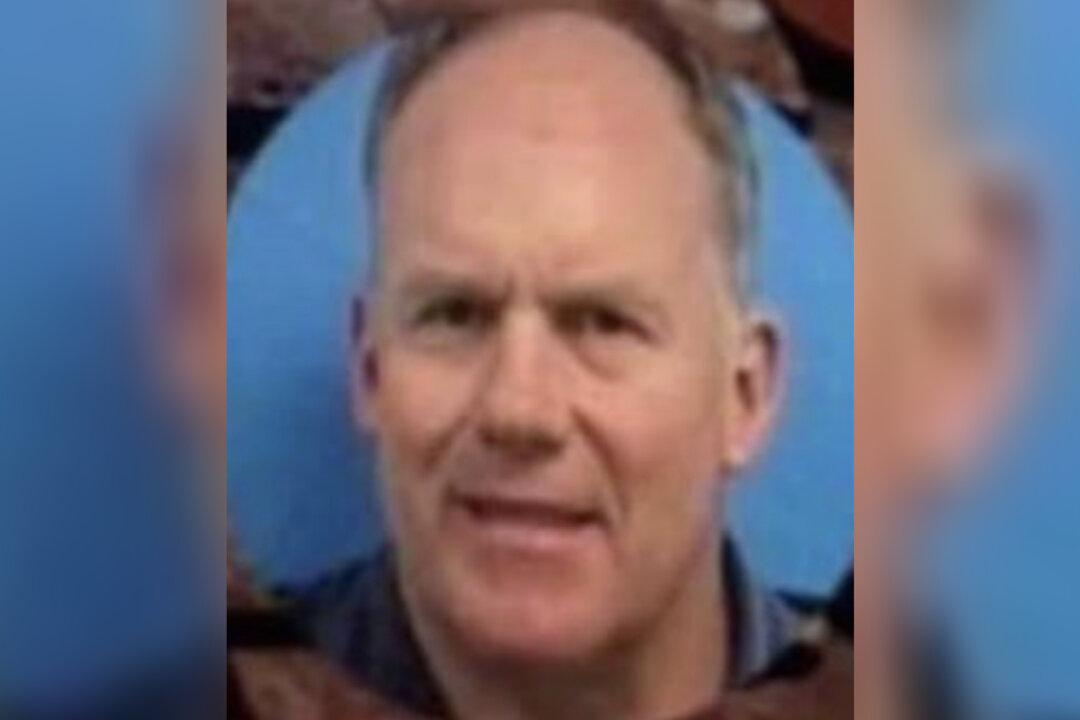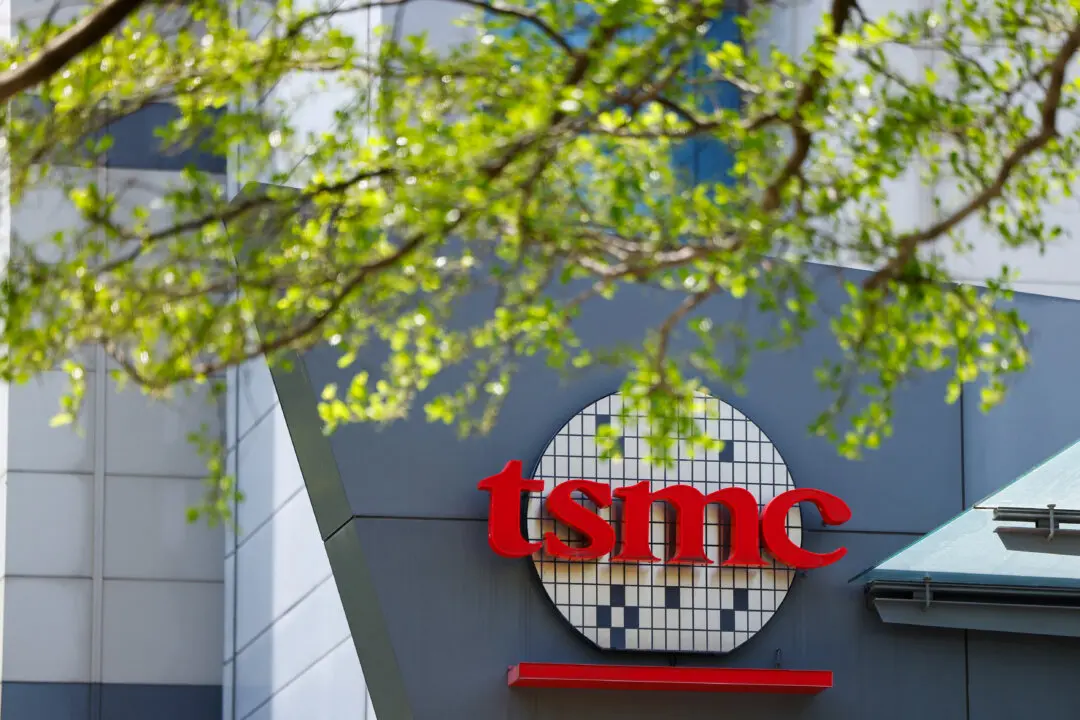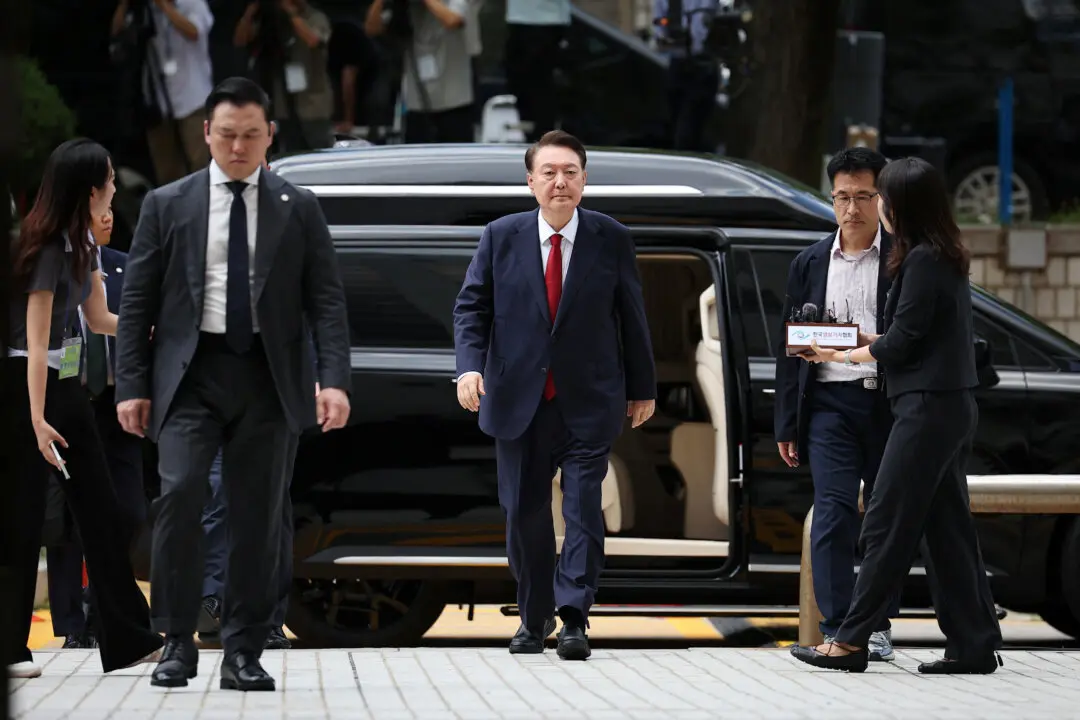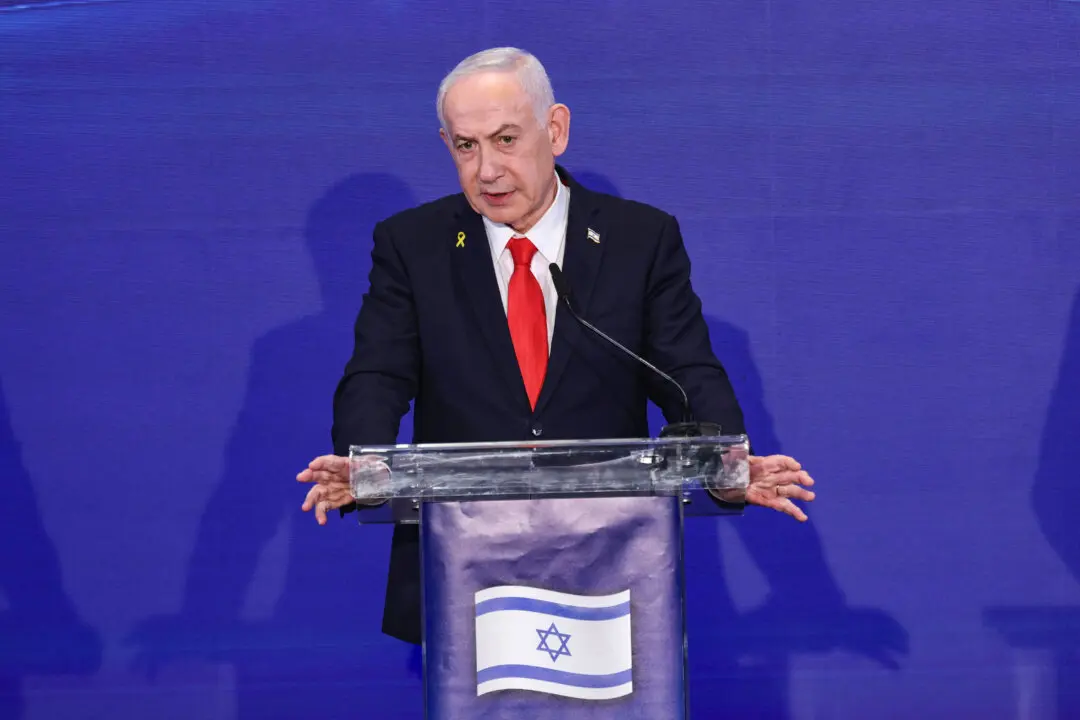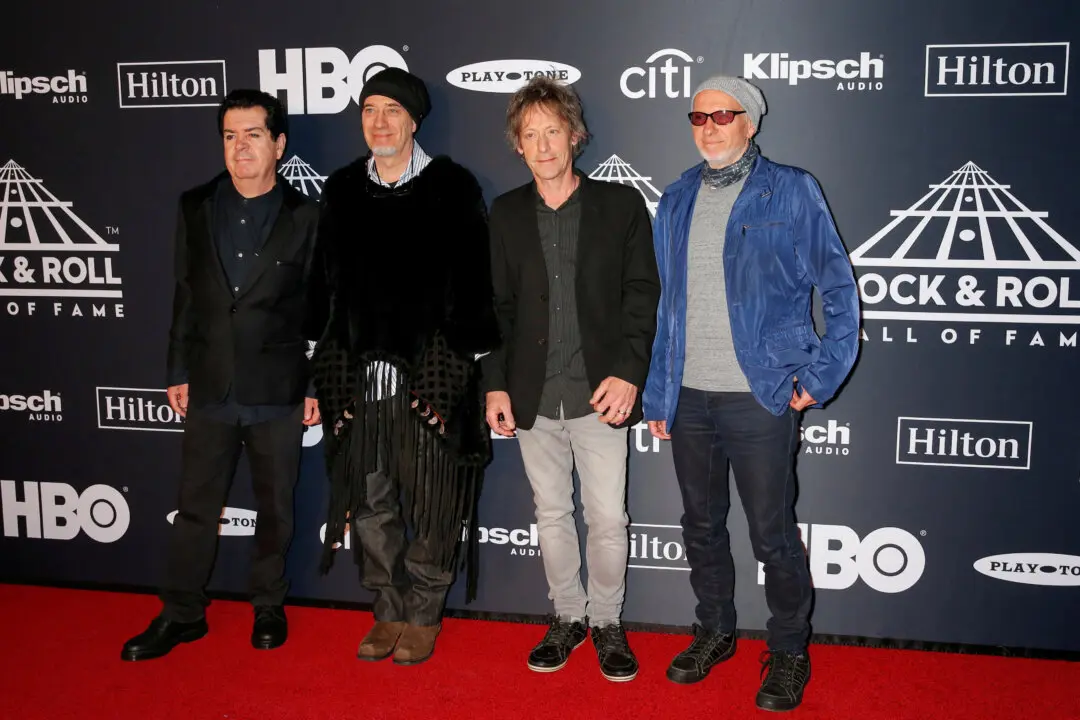The transit employee who fatally shot nine co-workers at a rail yard in San Jose, California, had amassed a collection of 12 firearms, multiple Molotov cocktails, and 22,000 rounds of ammunition at his home before setting it on fire, the local sheriff said on Friday.
But an FBI official said the blaze that incinerated the house also likely destroyed evidence for determining the precise motive behind Wednesday’s mass murder at the Santa Clara Valley Transportation Authority (VTA) light rail maintenance yard.
